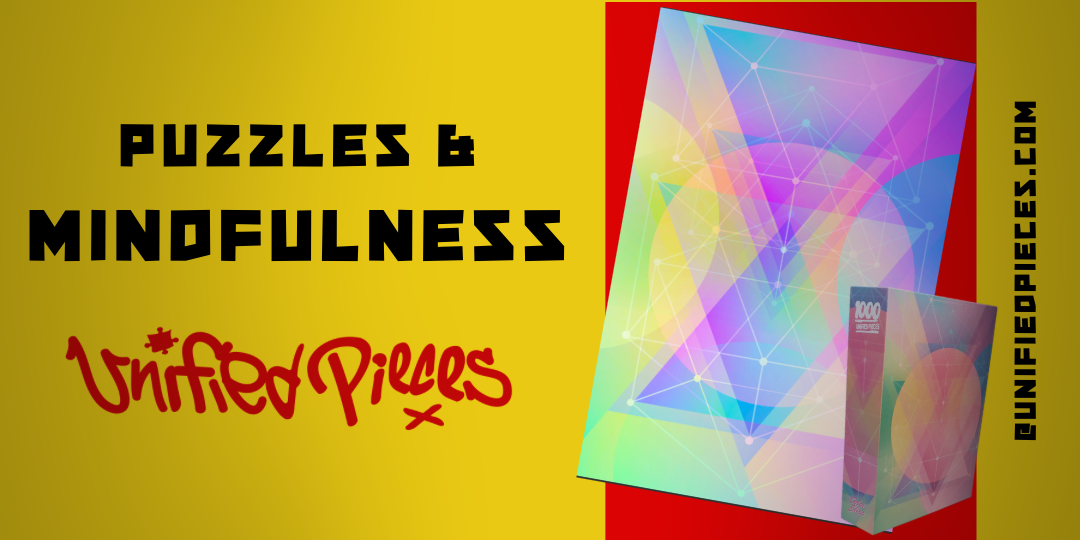The pursuit of mindfulness and well-being is a journey that leads us through various practices, among which puzzles have emerged as an unexpected yet profoundly effective pathway. “Puzzles and Mindfulness: Enhancing Well-being through Art” invites readers into the contemplative space created by puzzles, where the act of piecing together art becomes a form of meditation in itself.
The Meditative Puzzle Experience
Puzzle-solving is inherently meditative, requiring concentration, pattern recognition, and a step-by-step approach to reaching a goal. This focused activity naturally quiets the mind, drawing attention away from daily stressors and anchoring it in the present moment. As each piece finds its place, the mind experiences moments of achievement and clarity, echoing the principles of mindfulness.
Art and Well-being Intersect
Artistic puzzles elevate the mindfulness experience by integrating the beauty and complexity of art into the practice. Engaging with art through puzzles allows for a dual process of appreciation and creation, as the solver becomes an active participant in bringing the artwork to life. This process enhances emotional well-being, as art stirs emotions, provokes thought, and can convey a sense of calm or inspiration.
Cognitive Benefits and Emotional Health
Beyond their meditative qualities, puzzles offer cognitive benefits that contribute to overall well-being. They improve memory, problem-solving skills, and attention to detail. Moreover, the completion of a puzzle can boost dopamine levels, providing a sense of satisfaction and accomplishment. This positive reinforcement is essential for mental health, offering a respite from the challenges of everyday life.
Puzzles as a Mindful Retreat
Creating a puzzle can be a deliberate act of mindfulness, an invitation to slow down and engage deeply with a task. It’s an opportunity to practice patience, observe progress, and celebrate the small victories along the way. This mindful approach to puzzle-solving can extend to other areas of life, encouraging a more present, attentive, and appreciative attitude toward daily experiences.
Community and Connection
Puzzles also offer a way to connect with others, whether through collaborative solving or sharing the finished product. This social aspect can enhance feelings of connectedness and well-being, as sharing achievements and challenges with others deepens relationships and fosters a sense of community and support.
Conclusion:
“Puzzles and Mindfulness: Enhancing Well-being through Art” highlights the profound and often overlooked benefits of engaging with puzzles as a practice of mindfulness. Through the artful assembly of pieces, individuals can find a peaceful retreat from the chaos of daily life, improving mental clarity, emotional health, and a sense of accomplishment. As we continue to seek balance and well-being, puzzles emerge as a therapeutic tool, inviting us to connect with the present moment, one piece at a time.

